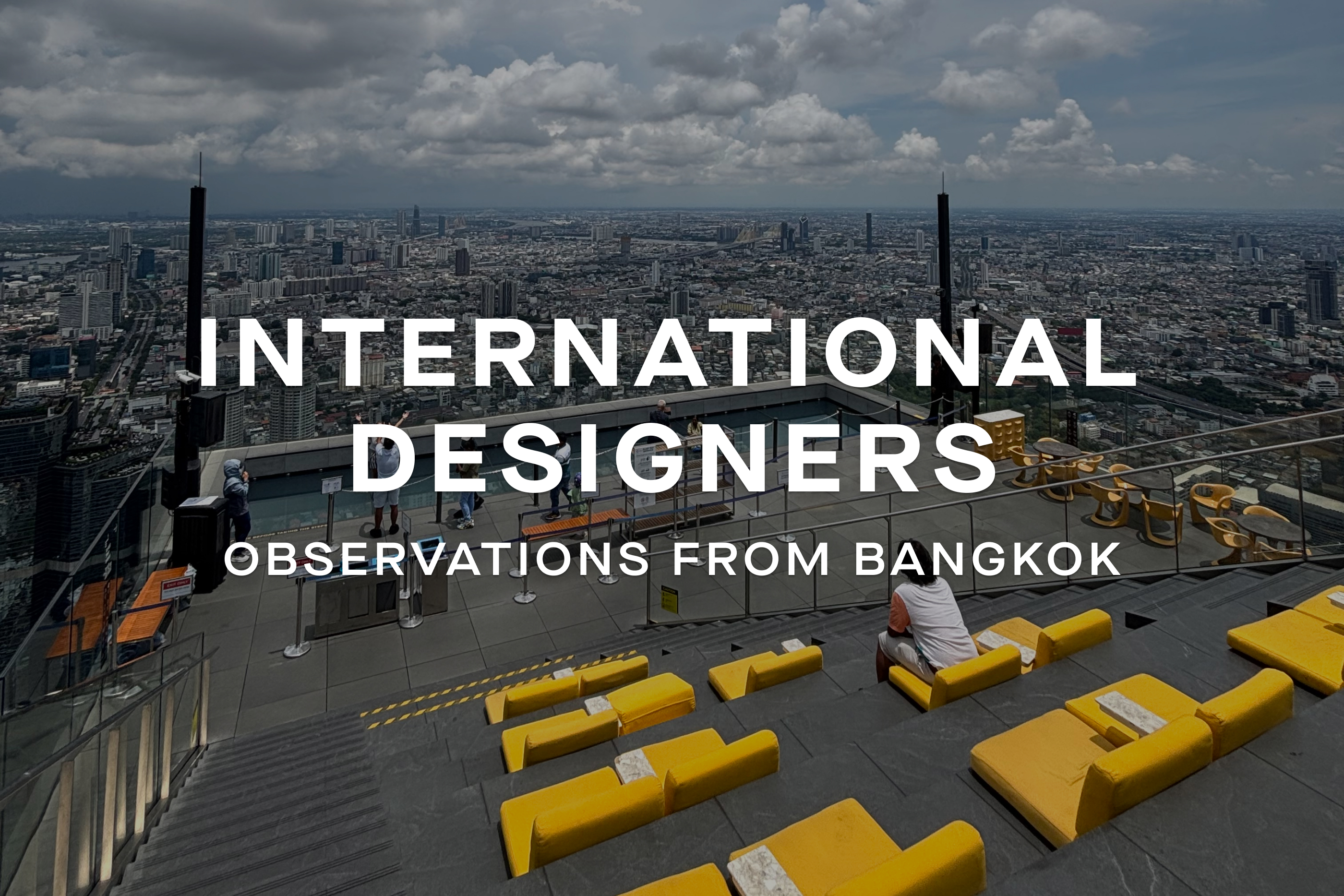Lancelot House set to achieve Wellness Accreditation

As part of our continued striving for Studio excellence we have looked into the benefits of achieving WELL accreditation which is internationally recognised as being a standard of excellence in design and construction and adds value to a scheme and potentially to the end value of a property upon completion and accreditation.Iain Johnson, CEO'We have been providing detailed resolutions for the very best environments for our private clients for some time now so we are extremely grateful to be the first UK design Studio to be able to engage in this new initiative in our Special Projects division'.WELL accreditation latest version (v2), allows the assessment of residential dwellings. The requirements within the standard are all based on scientific and medical research and literature on environmental health, behavioural factors, health outcomes and demographic risk factors that affect human health. For many of these there are links to current UK and EU legislation, particularly in relation to air and water quality.The assessment covers ten categories: Air, Water, Nourishment, Light, Movement, Thermal Comfort, Sound, Materials, Mind and Community, ensuring each element is considered and offering optimum.Air: The WELL Air Concept seeks to implement holistic design strategies to promote clean air and minimize human exposure to harmful contaminants, in order to maximize benefits to productivity, well-being and health.Water: The WELL Water concept aims to increase the rate of adequate hydration in building users, reduce health risks due to contaminated water and excessive moisture within buildings and provide adequate sanitation through better infrastructure design and operations coupled with awareness and maintenance of water quality.Nourishment: The WELL Nourishment concept supports healthy and sustainable eating patterns by increasing access to fruits and vegetables, limiting the availability of highly processed foods and designing environments that nudge individuals toward healthier choices.Light: Exposure to light has also been directly linked with health and can affect how we recover and heal. Rooms with large, sun-facing windows have been shown to reduce recovery time for patients suffering from severe depression and those recuperating after heart attacks, compared to similarly afflicted patients in rooms with windows facing buildings or other obstructions.Movement: The WELL Movement concept promotes physical activity in everyday life through environmental design, policies and programs to ensure that movement opportunities are integrated into the fabric of our culture, buildings and communities.Thermal Comfort: The WELL Thermal Comfort concept takes a holistic approach to thermal comfort and provides a combination of research-based interventions to help design buildings that address individual thermal discomfort and support human health, well-being and productivity.Sound: The WELL Sound concept aims to provide a comprehensive and holistic approach to addressing the concerns of acoustical comfort through research-based design considerations that buildings can accommodate for the purposes of improving occupant health and well-being.Materials: The WELL Materials concept aims to reduce human exposure, whether direct or through environmental contamination, to chemicals that may impact health during the construction, remodelling, furnishing and operation of buildings.Mind: The WELL Mind concept promotes mental health through policy, program and design strategies that seek to address the diverse factors that influence cognitive and emotional well-being.Community: The WELL Community concept aims to support access to essential healthcare, build a culture of health that accommodates diverse population needs and establish an inclusive, engaged occupant community.What is WellnessWellness is not a passive state but rather an active pursuit associated with our intentions, choices and actions as we work towards an optimal state of health and wellbeing.Whilst wellness is an individual pursuit of which we have self-responsibility for our choices behaviours and lifestyles it is also heavily influenced by our physical social and cultural environments in which we live.Mark Cowley, Studio Director of Architecture“ As Architects and Interior Designers we can make a difference through our design approach, as at Rigby & Rigby we believe buildings are more than just places where we live, they become intrinsic to our lives and the way buildings feel and enhance our well being are as important as how they look.We have a responsibility as design professionals to provide buildings that through careful choices and consideration reinforce the principles of wellness.’’We look forward to Lancelot House being the very first residential scheme accredited at Platinum level (The highest possible standard of design) in the UK.






.jpg)





.jpg)














